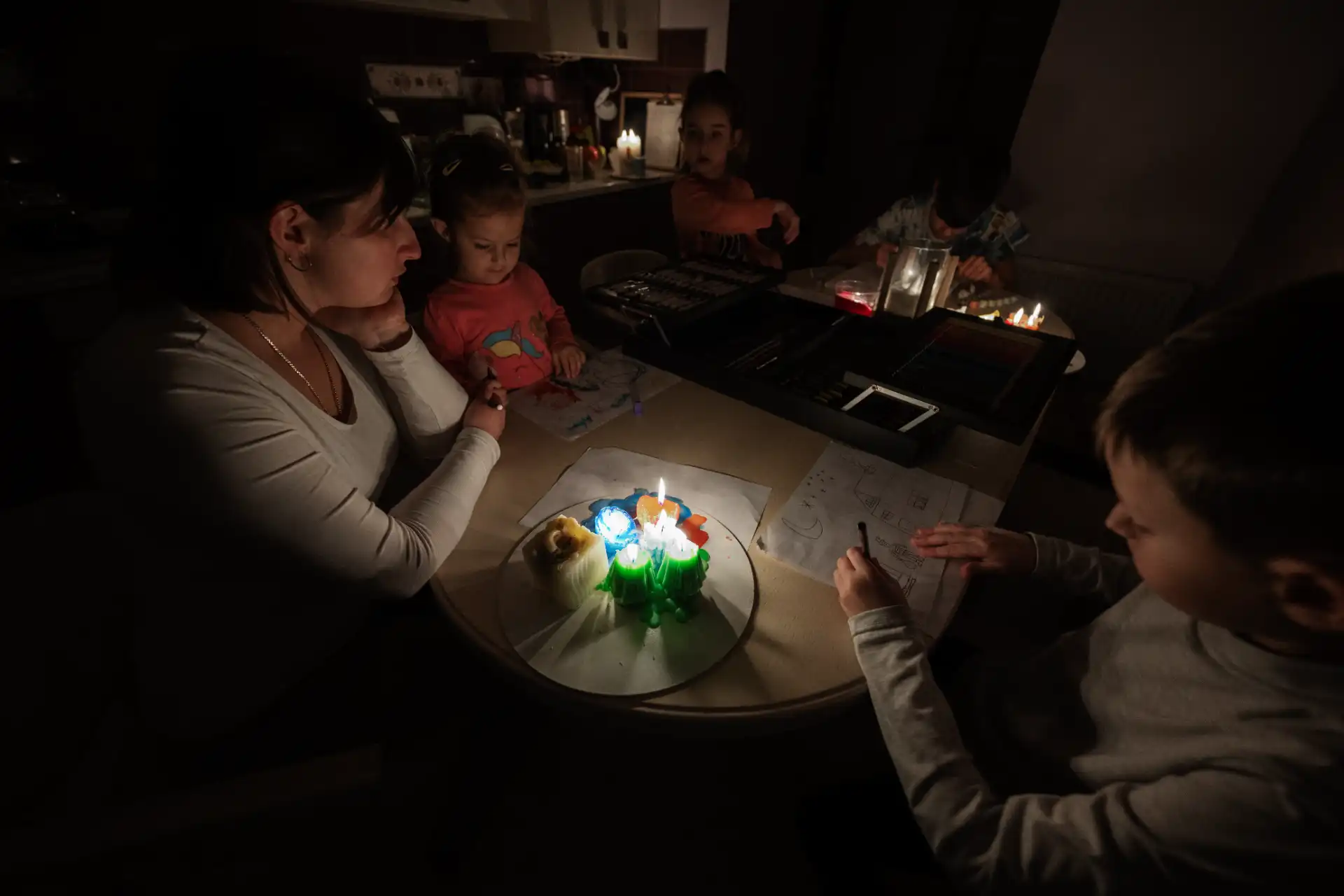Grid Down Survival: How to Live Without Power for 30 Days
Blackouts that last hours are inconvenient. Blackouts that last days are dangerous. But when the grid goes down for weeks or even a full month? That’s when true survival skills are tested.
Whether caused by cyberattacks, EMP events, extreme weather, or energy rationing, long-term power outages are no longer far-fetched. The good news? With the right mindset and strategy, grid down survival for 30 days is possible—and you don’t need a bunker to do it.
This guide covers the 6 critical areas you need to master to live safely and sustainably without electricity for an extended period.
1. Water: Storage, Filtration, and Collection
Without power, municipal water systems may fail. Pumps don’t run, and treatment facilities shut down. Water becomes your #1 priority.
- Storage: Keep at least 1 gallon per person, per day. That’s 30 gallons per person for a month.
- Collection: Set up rain barrels, bucket catchment systems, or reuse graywater for cleaning.
- Filtration: Use Berkey filters, Sawyer Minis, or boiling methods to purify unsafe sources.
Pro Tip: Rotate your water stock every 6 months and store away from heat or light.
👉 Related post: Top Water Purification Strategies for Preppers
2. Food: Cooking and Preservation Without a Fridge
Without power, the fridge and freezer go dead. Within 24–48 hours, food starts to spoil. Your plan should include:
- Non-perishables: Beans, rice, oats, canned meats, peanut butter, and MREs
- No-cook meals: Dehydrated food, protein bars, meal replacement shakes
- Off-grid cooking tools: Rocket stove, solar oven, propane camping stove
Preservation methods like salting, pickling, and root cellaring become crucial. Invest in passive food cooling techniques like a Zeer pot (clay pot refrigerator).
👉 Learn more: Long-Term Food Storage Guide
3. Heat and Shelter: Staying Warm (or Cool)
Depending on the season, heating or cooling could be critical. In winter, no heat can become life-threatening.
Cold Climate Tips:
- Layer clothing—wool and fleece are best
- Use mylar blankets, sleeping bags, and tents inside your home
- Install a wood-burning stove or propane heater with carbon monoxide detectors
Warm Climate Tips:
- Block sunlight during the day and ventilate at night
- Use battery-powered or crank fans
- Stay hydrated to regulate body temperature
Resilience is about comfort control. Learn to insulate your space and your body.
4. Light and Power Alternatives
No lights at night can be a security and morale issue. You’ll need both portable light sources and backup power for small devices.
- LED lanterns: Rechargeable or hand-crank models work best
- Headlamps and flashlights: One per person, plus extra batteries or solar chargers
- Solar panels and power banks: Great for charging radios, phones, or small electronics
Power prioritization is key—save energy for communication and safety, not entertainment.
5. Hygiene and Sanitation
No running water means no flushing toilets or hot showers. Poor sanitation leads to illness. Your 30-day plan should include:
- 5-gallon bucket toilet with heavy-duty trash bags, sawdust, and a snap-on seat
- Baby wipes, hand sanitizer, and no-rinse soaps
- Bleach or vinegar for disinfection and graywater management
Maintain dignity and safety by setting up a hygienic space for bathroom use, waste disposal, and handwashing.
6. Communication and Security
Without the internet or power, news and coordination become difficult. Stay connected and secure with:
- Battery-powered or hand-crank radio for NOAA weather and emergency alerts
- GMRS or ham radios for local communication
- Perimeter lighting, cameras (solar), and dogs to secure your property
In some areas, grid failures lead to increased crime or looting. Make your home look occupied, secure entry points, and stay vigilant.
👉 Also see: Emergency Evacuation Planning
Conclusion: Live Smart. Live Prepared.
Surviving 30 days without power isn’t easy—but it is achievable with planning, tools, and mental readiness. The longer you can function independently, the safer you’ll be when the grid goes down.
Don’t wait for the next blackout to start thinking about how you’ll cook, clean, or communicate. Start building your grid down survival system today and turn chaos into confidence.
✔️ Explore more prepping guides:
Stay ready. Stay steady. The lights may go out—but your plan doesn’t have to.
